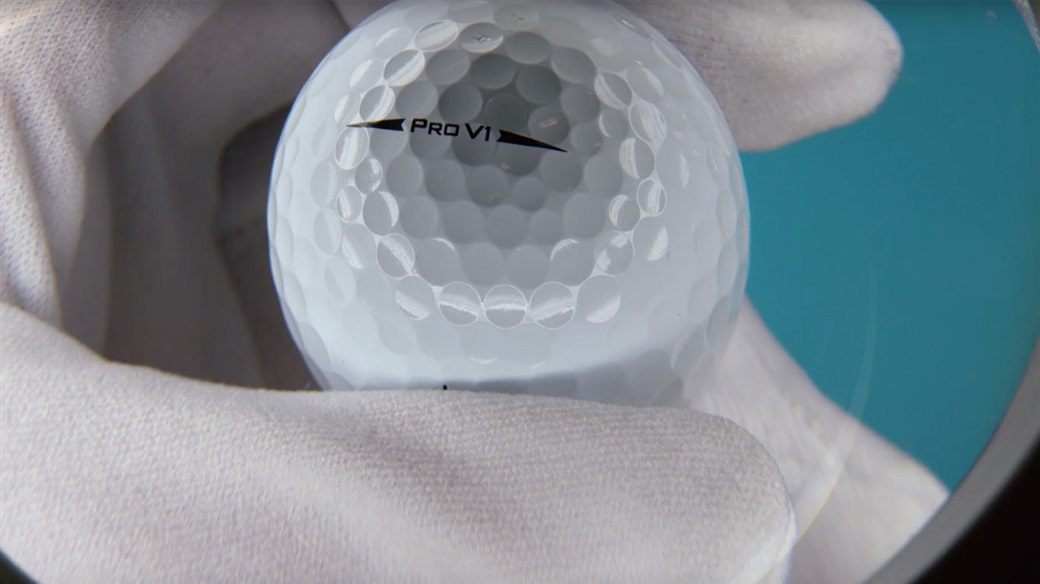A Shot For Consistent Results
The last major of the 2019 season is here. For the first time since 1951, The Open Championship will be contested on Irish soil, as the Dunluce Links at Royal Portrush hosts the world's finest players.
Like any links course, wind is a primary defense at Portrush and to combat it, many players will be calling on a unique shot off the tee this week – the Stinger. The stinger is a shot that is played purposely low, typically climbing no higher than 30-50 feet in the air. By doing this, players can shield their shots from the real teeth of the wind, which gales above the peaks of the dunes.
With its shallow angle of descent, the stinger also takes advantage of the unique turf conditions you'll find on true links land. The compacted, sandy soil beneath links course fairways is extremely firm and contains very little moisture. When golf balls hit these fairways, the roll is significantly greater than we experience on the soft, green fairways we play on here in the States. In fact, at a number of Opens, the fairways have achieved Stimpmeter readings of 10 and 11, every bit as speedy as the greens.
We wanted to learn more about the stinger, and how the golf ball reacts when the shot is executed properly, so we visited Titleist Golf Ball R&D and spent some time with Mike Madson, Senior Project Manger of Aerodynamics and Tooling. As Mike details in the video above, distance off the tee is a secondary consideration for players at the Open. The main concern is consistency, trying to minimize the wind as an influence on shots and staying out of the pot bunkers, gorse, tangled ruts and burns that lurk beyond the fairway.

A Golf Ball For Consistent Results
Just how much might the wind effect shots at Royal Portrush? As Mike told us, in a 20-mph headwind, tour players hitting driver could lose as much as 50 yards off the tee! And perhaps even more significantly, in a 20-mph crosswind, those same tour player tee shots could be blown sideways as much as 35 yards off-course.
Something else worth considering is the fact that inconsistencies in golf ball performance are exaggerated as wind speed increases. The wide misses you find in the dispersion patterns of inferior golf balls will fly even wider off-target in the wind. Under real playing conditions that can get you into serious trouble through no fault of your own.
This is why we focus so intently on consistency in both Golf Ball R&D and in our Manufacturing Operations. Our detailed quality assurance measures and strict manufacturing tolerances ensure that every Titleist golf ball you play performs the same as the last ball you teed up, the same as your last dozen, and the same as the very first models that we designed and went into production.
Consistency breeds confidence. When you know what to expect from your golf ball, you have one less variable to worry about. As long as you execute the shot the way you intended, you know that your golf ball is going to do its part.
#TeamTitleist